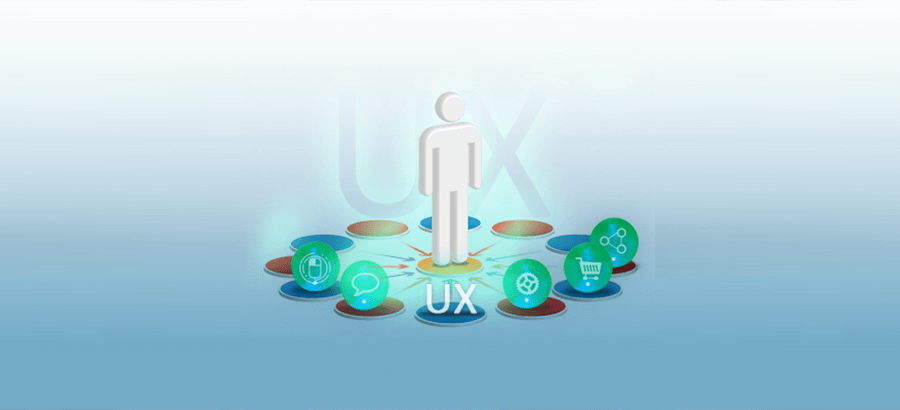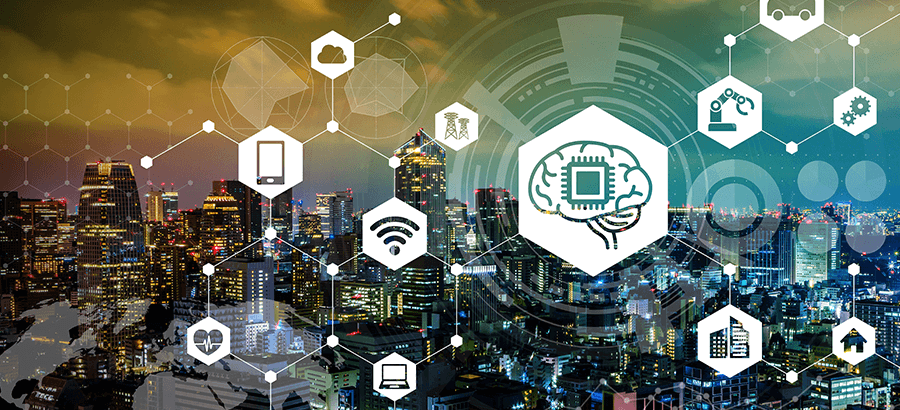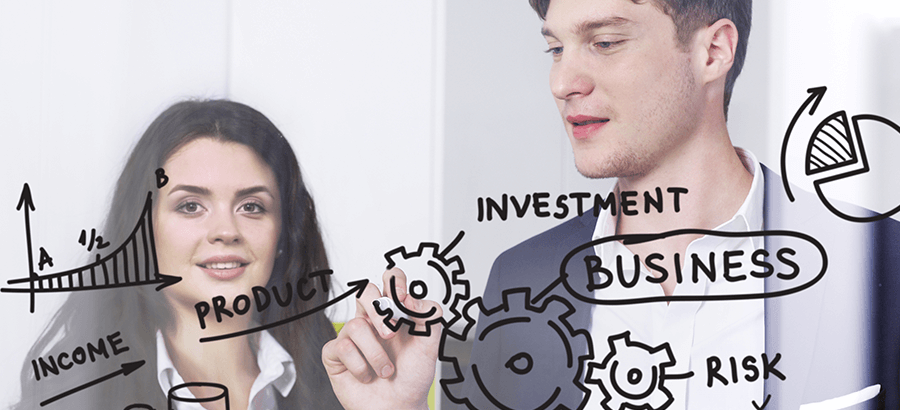Historically, enterprise software has had a captive audience. Over the past two decades little has been required to engage users. The very existence of a solution was generally enough for businesses to make use of it. This is no longer the case, with users becoming implicitly more savvy to what is and isn’t user friendly. This has mostly been spurred by easy access to things like consumer applications, increasing the level of end user expectation.
In the case of consumer applications, users don’t have to ask questions. They just install the app, start using it, and figure it out as they go. This is in stark contrast with how enterprise software has traditionally been built.
In the past, ERP was designed to support processes in the enterprise, but little effort was made to make this transparent, to help support the way people work. This is the main difference we are now seeing in modern ERP solutions, where the ingrained expectations of users’ are driving the UX emergence.
Social media
Two decades ago, social media didn’t exist. Users like or dislike for a product was a lot less public. Now, when a company puts out a sub-par product, everybody knows and quickly! This has had a huge impact on the level of attention executives are paying to the impact of products they put in the marketplace, and this has created another big wave of UX influence.
UX value proposition
A third factor driving UX is the shift away from a tech-centric approach to design, to one where design ties back to seizing business opportunities, and a chance to engage the user.
In the past, the focus of software design was on mitigating the number of mistakes a user made while using the product. Today, a greater focus is on how design can maximize the value of the product in the marketplace.
Therefore design and UX now need to be considered on a business strategy level. They have become a critical component for success, and the reason why companies are paying such close attention to UX.
At SYSPRO, a major focus is put on UX and user interface design when we develop our ERP and other solutions. Our products are designed with a ‘user-centric’ approach taking into account emerging trends like the surge of mobile, cloud, social, big data and new enterprise solutions.
The user is now the centre of the software universe, with all other functionality supporting their experience.







